Muscle Insider
New member

Shocking Male Statistics: At a Glance
- Each year on average, one out of three victims of domestic abuse are male which stands at 699,000 men in 2021-22 (1.67 million are women).
- According to data released by the UK Government on 1st June 2023, there are currently 43 organizations operating in the UK that have 302 refuge/safe house spaces available for men
- Approximately 350,000 men experience fatalities due to cardiovascular disease annually.
- Only three out of five men undergo annual physical examinations.
- One in 25 fathers is not a biological parent.
- Approximately 1.46 billion males aged 15 and above, which accounts for 54% of this demographic, partake in alcohol consumption.
- A significant proportion of males worldwide engage in the habit of smoking, surpassing one-third of the male population. In contrast, a considerably smaller fraction, less than one in ten, of females partake in this behavior.
- In the United States, preschool and kindergarten teachers are predominantly female, with men comprising a mere 3% of this profession.
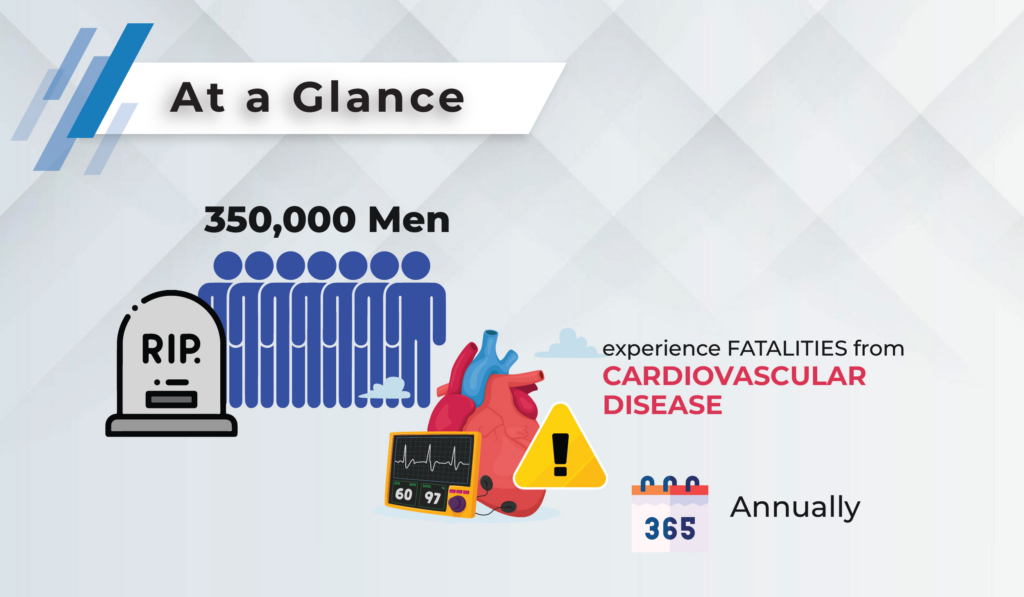
It is of utmost importance to emphasize that in pursuing gender equality and social justice, it is vital not to pit the challenges faced by one gender against those faced by another. The fight for a just and fair society goes beyond gender boundaries and necessitates us to address the unique difficulties experienced by both men and women. Just as it is crucial to advocate for women’s rights and tackle issues like gender discrimination and inequality, it is equally essential to acknowledge that men also encounter obstacles.
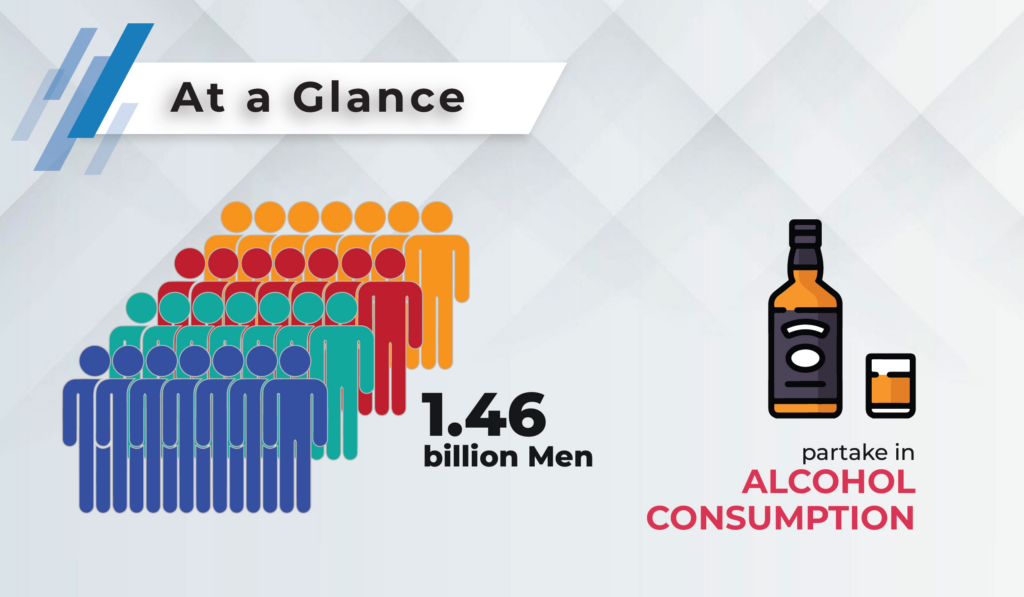
Men’s well-being is a paramount concern, and disparities in health outcomes, such as higher rates of cardiovascular disease, cancer, and mental health problems, compel our attention. This is a potent reminder that good health is a universal entitlement, and access to high-quality healthcare services and support is indispensable for everyone, regardless of gender.
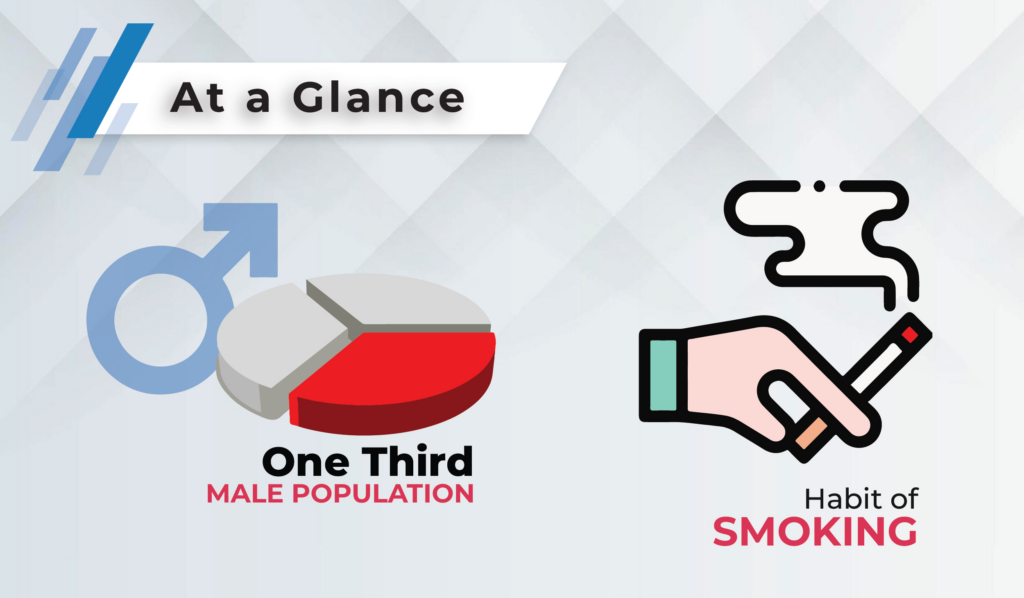
The presence of bias and disparities in different facets of society, including education and work, also present substantial hurdles for males. These figures underscore the necessity of a society that ensures equitable chances and entitlements for all individuals, regardless of sex.
Chapter 1: Hidden Reality: Domestic Abuse & Men
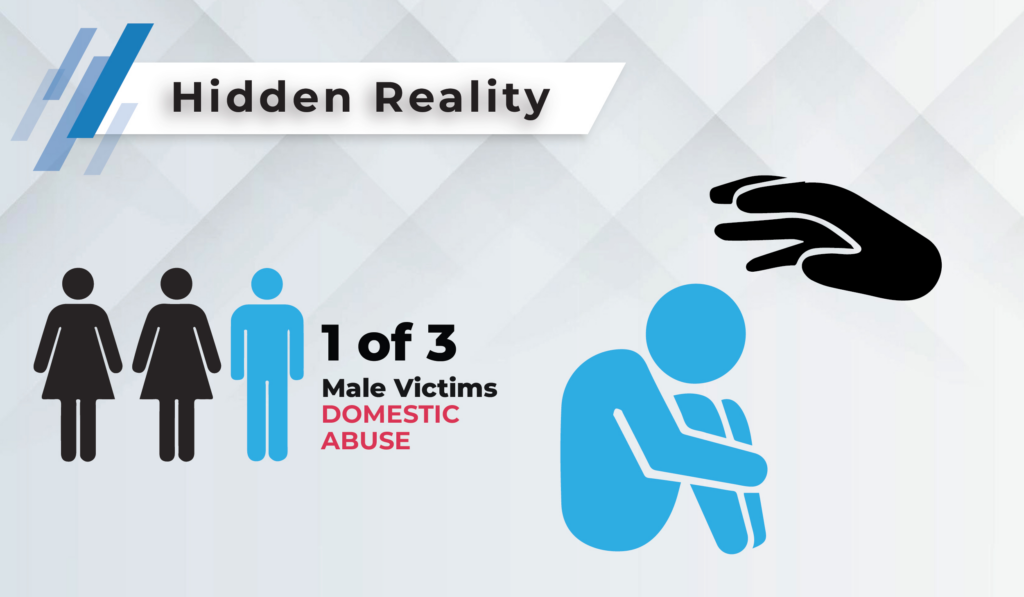
- Each year on average, one out of three victims of domestic abuse are male which stands at 699,000 men in 2021-22. (1.6 million being women).
- Every sixth or seventh man and every fourth woman will become a victim of domestic abuse at least once in their lifetime.
- It is notable that 25% of domestic abuse crimes police recorded were directed against males.
- Figures from SafeLives indicate that only forty-seven percent of male victims of domestic abuse are supported by local domestic services.
- The six-month data shows that 66% of the males making calls to ManKind Initiative helplines, have never disclosed their ordeal with anyone while at least, 64% would have never called the helpline, had it not been an anonymous line.
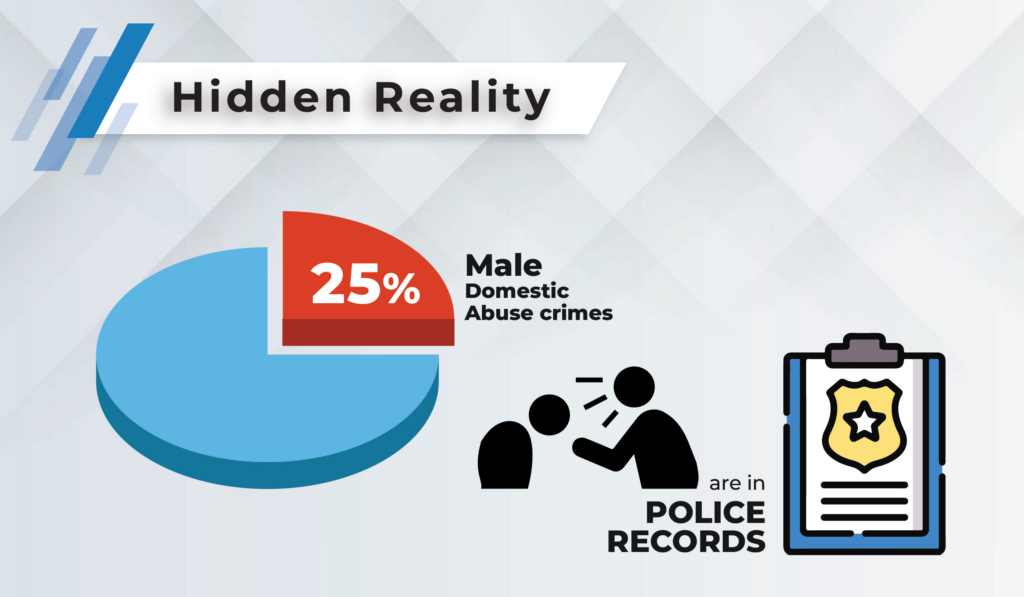
Domestic violence affects everyone, regardless of gender. However, male victims often go unnoticed. The National Statistics report reveals that one in three victims of domestic abuse is male, with 699,000 men experiencing domestic abuse in 2021-22. These numbers debunk the stereotype that domestic abuse only affects women.
Shockingly, statistics show that one out of every six or seven males and one out of every four females will experience domestic abuse at some point. This underscores the urgency to confront domestic abuse as a pervasive societal issue. Unfortunately, only 25% of documented cases involve male victims, suggesting many are hesitant to come forward due to societal judgment and skepticism about their stories. Only 47% of male victims currently receive support from local services, highlighting the limited accessibility and specialized assistance for them. Helplines reveal that many male victims have never spoken about their experiences and fear stigma or judgment if they seek help.
Providing confidentiality and creating safe spaces for these individuals is crucial in breaking down barriers and encouraging them to access resources and support services needed to effectively combat domestic violence against all genders.
Chapter 2: Male Victims and Reluctance to Speak Out
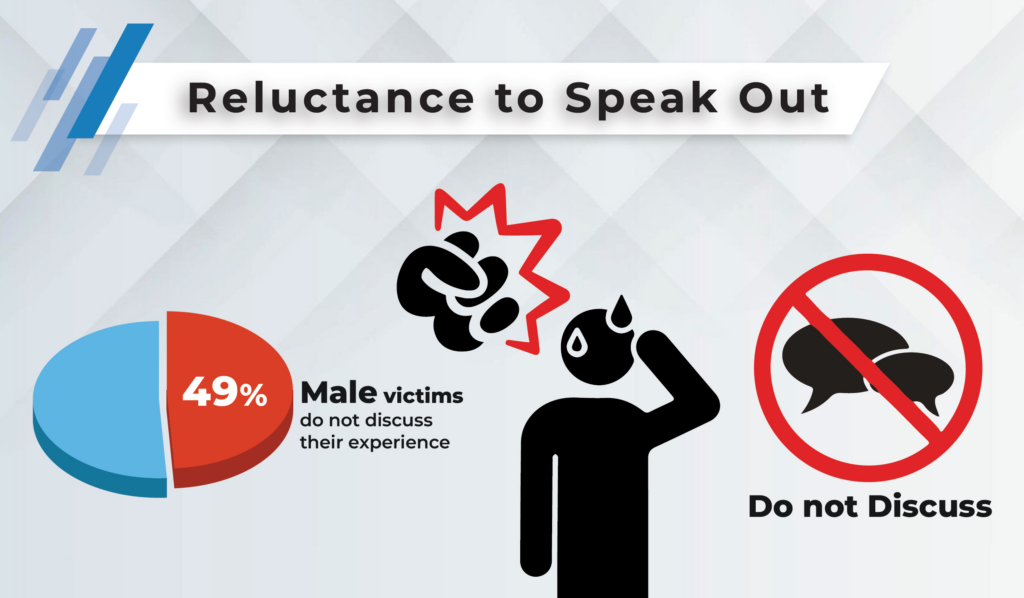
- According to data released by the UK Government in June 2023, there are currently 43 organizations operating in the UK that have 302 refuge/safe house spaces available for men
- Forty-nine percent of male victims do not discuss their experience with anyone, being two-and-a-half times less likely to discuss it than females who account for 19%.
- Partner abuse has made 7.2% of female victims commit suicide while 11% of male victims have thought about it. Suicide ideation is one of the areas that have increased calls for charity during the pandemic times and thereafter.
- In 2021-22, 18 men were killed by their partner or former partner, as against 60 women. Men’s figure is the highest since 2008-09 and twice as much as in 2019-20.
The current tally of secure sanctuaries for male victims in the UK is distressingly low. As of June 1, 2023, only 43 establishments are offering a total of 302 shelter provisions for men. One organization accounts for most of these accommodations, with 37 spaces. Excluding this outlier, each organization contributes an average of four spaces. This inadequacy highlights the urgent need to allocate more resources and support male survivors effectively. Male victims face unique challenges when sharing their experiences. Nearly half (49%) choose not to disclose their mistreatment, compared to only 19% of female victims. Societal norms around masculinity may discourage male survivors from seeking support or speaking out about abuse.
The lack of awareness and understanding surrounding male abuse issues further hinders discussions and support networks for male survivors. Recognizing these distinct challenges is crucial in dismantling barriers preventing access to vital support. Mental well-being is significantly impacted by partner abuse among men. A concerning 11% contemplate suicide, highlighting the need for tailored mental health support designed for this group. Domestic violence has devastating consequences for both men and women. In the reporting period of 2021/22, there were tragically 18 fatalities among males abused by current or former partners, along with 60 female fatalities due to domestic violence during the same timeframe.
These statistics underscore the urgency and gravity of addressing domestic violence against men. On average, one man loses his life every three weeks due to domestic violence. Acknowledging and addressing this issue is crucial to creating a society that provides equal assistance and resources to all victims, regardless of gender.
Chapter 3: Men’s Physical Health by the Numbers
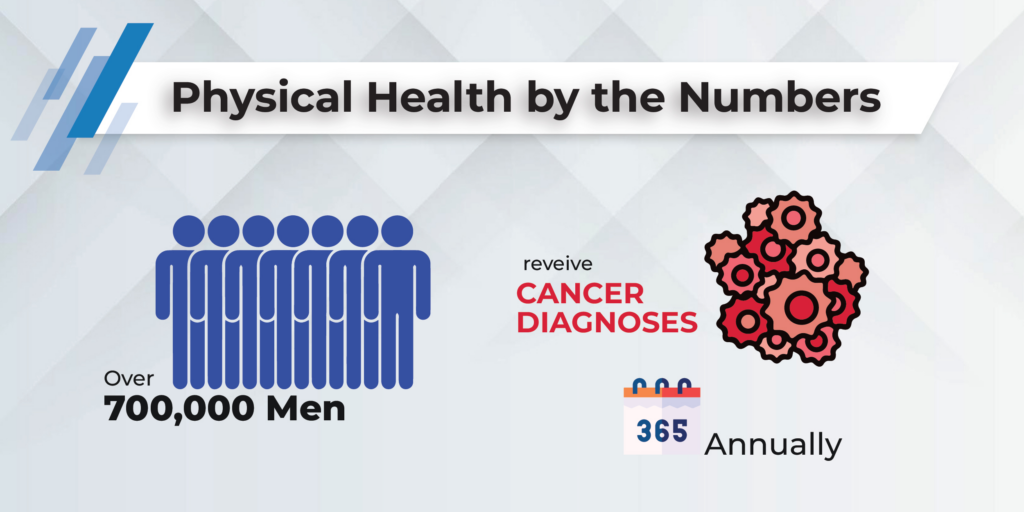
- Approximately 350,000 men experience fatalities due to cardiovascular disease annually.
- Over 700,000 men receive cancer diagnoses each year, with roughly 300,000 of those cases resulting in death.
- Prostate cancer affects around 230,000 men annually and ranks as the second leading cause of death among males.
- More than 60% of adult American men are categorized as overweight or obese.
- One in five males dies in the UK before reaching the age of 65.
- Half of all males above the age of fifty develop an enlarged prostate.
- One in seven deaths among British males can suffer from Coronary heart disease.
- One out of every ten men currently suffers from diabetes while mental health problems affect one in eight males on average.
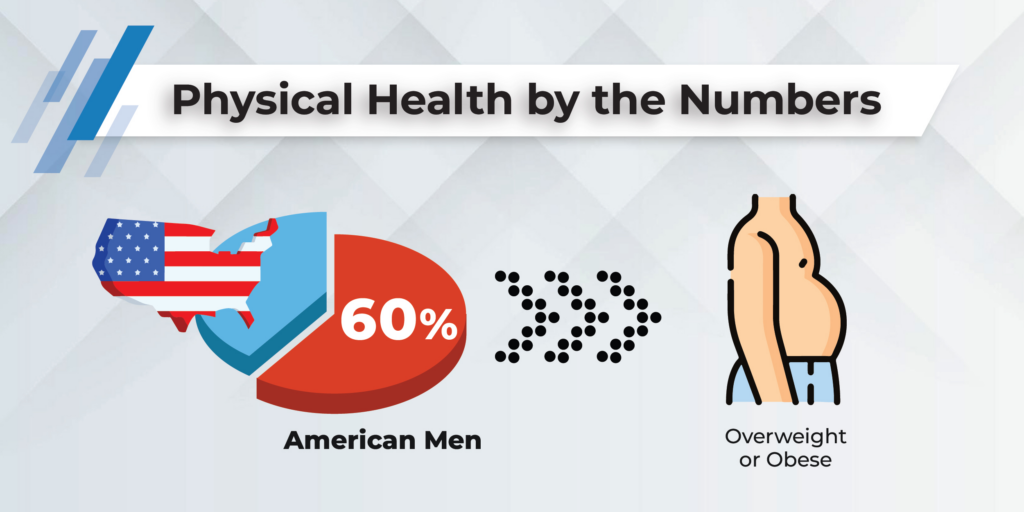
Men’s well-being data reveals obstacles and inequalities in various areas of health. Cardiovascular disease is a pressing issue, with 350,000 male fatalities annually. Cancer affects over 700,000 men annually, with prostate cancer being a leading cause of death. Over 60% of adult males in the US are overweight or obese, leading to increased health risks. One in five males in the UK dies before reaching 65 years old. Age-related health concerns are common among men aged fifty and above. Coronary heart disease is responsible for one out of every seven male deaths in Britain.
Chapter 4: Men’s Mental Health & Avoidance To Seek Medical Help
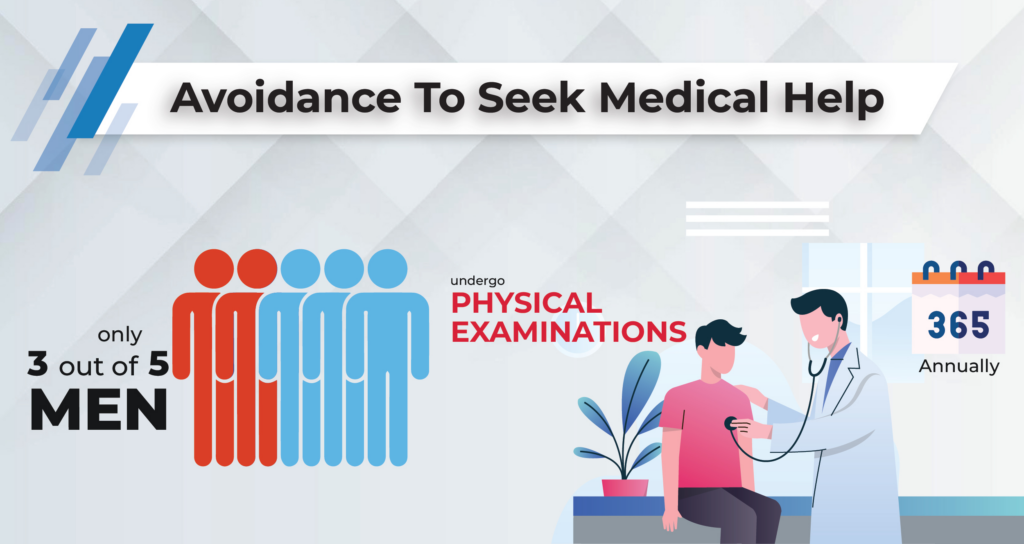
- Only three out of five men undergo annual physical examinations.
- Over 40% of males solely seek medical attention when they believe they have a serious health condition.
- More than half of all men admit to avoiding discussions about their health altogether.
- Between July 2015 and June 2016 alone, there were 30,197 instances where ambulance services were required for suicidal thoughts or attempted suicides by men.
- In Australia, the national suicide figures indicate that an average of six men take their own lives daily.
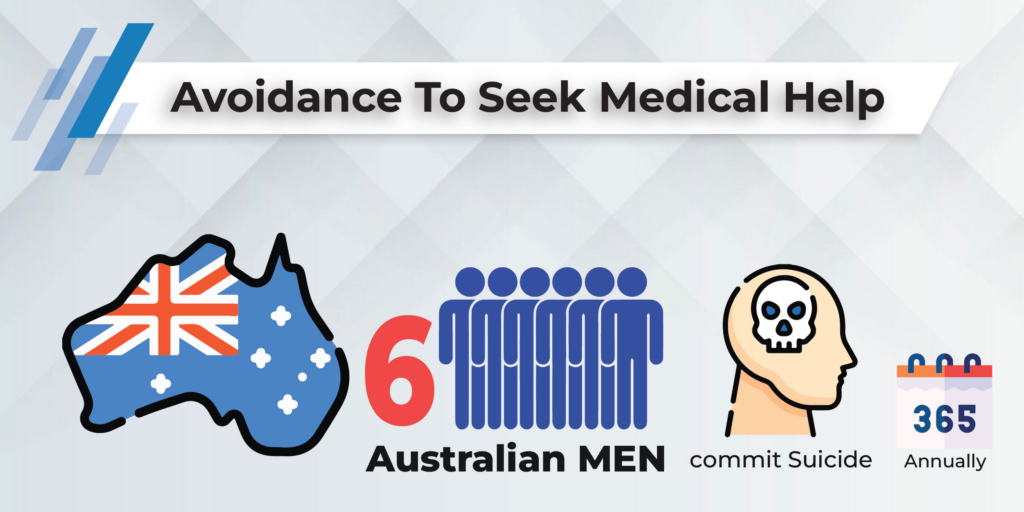
The mental well-being of men is also deserving of consideration. In Australia, daily, approximately six men end their own lives, underscoring the urgent requirement for provisions of mental health assistance and preventive measures against suicide. From July 2015 to June 2016, an astonishing total of 30,197 incidents occurred where ambulance services were needed due to male individuals experiencing thoughts of suicide or engaging in attempts. These statistics demonstrate the profound influence that mental health struggles have on the lives of men.
Concerns arise regarding preventive healthcare measures. The fact that only 60% of men partake in yearly physical examinations reveals a need for more proactive health surveillance. Additionally, more than 40% of males deny seeking medical intervention when they perceive a severe health ailment. This behavior can impede the timely identification and treatment of medical conditions.
Men’s reluctance to discuss their health has emerged as a noteworthy pattern. A significant portion of the male population, over 50%, confesses to deliberately evading any dialogues surrounding their well-being. This aversion poses a potential obstacle to timely intervention and can worsen health issues.
Chapter 5: Men’s Personal Life Issues
- One in 25 fathers is not a biological parent.
- In the United States, only a small percentage, ranging from 10 to 20%, of divorced fathers are able to obtain custody of their children.
One alarming statistic reveals that 4 percent of fathers are not biologically related to their children. It is crucial to highlight the need for honest and open communication within families. Still, this statistic also emphasizes the importance of upholding and safeguarding fathers’ rights, even if they are not biologically connected. The role and love of every father towards their children hold immense value, regardless of genetic relationships.
The biases and obstacles in family court systems are evident in custody battles, and only a tiny portion of divorced fathers (ranging from 10 to 20%) are granted custody of their children. These statistics highlight the immediate requirement for fairer and child-focused methods in determining custody, guaranteeing that fathers have equal chances to be actively involved in their children’s lives.
Chapter 6: Alcoholism Among Men
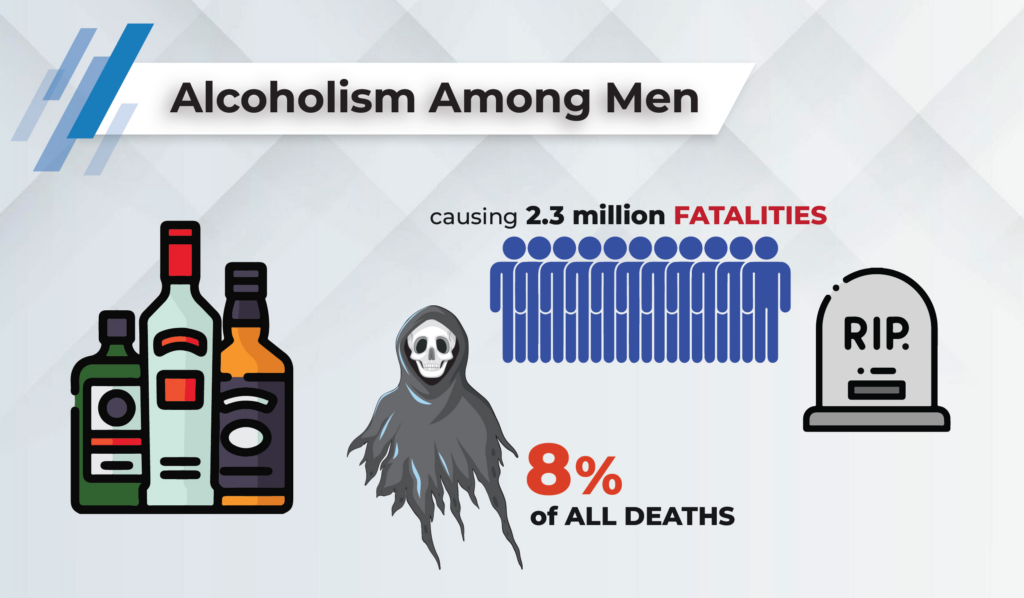
- Approximately 1.46 billion males aged 15 and above, which accounts for 54% of this demographic, partake in alcohol consumption globally.
- In 2016, alcohol accounted for approximately 3 million fatalities, accounting for 5% of all deaths. This included 2.3 million deaths among males, which made up 8% of all deaths.
- Each year, a higher percentage of males in the United States consume alcohol compared to females. Specifically, 68% of males and 64% of females drink.
Approximately 54% of males aged 15 and above consume alcohol, indicating its widespread nature. In 2016, alcohol caused around 3 million deaths worldwide, with 2.3 million being males. These figures highlight the health risks associated with alcohol consumption among men. In the United States, more males (68%) than females (64%) drink alcohol, emphasizing gender disparities in its use. This raises questions about the factors contributing to this gap and the need for interventions to address male-specific health concerns related to alcohol. Public health initiatives and policies promoting responsible drinking are crucial for reducing harm among men.
Chapter 7: Cigarette Smoking Among Men
- A significant proportion of males worldwide engage in the habit of smoking, surpassing one-third of the male population. In contrast, a considerably smaller fraction, less than one in ten, of females partake in this behavior.
Smoking is a significant health issue, with more than 33% of males engaging in this behavior worldwide, while less than 10% of females do the same. These figures demonstrate an apparent discrepancy between genders regarding smoking rates and highlight the higher occurrence of tobacco use among men. The causes for this disparity may stem from historical and cultural influences, underscoring the necessity for focused public health initiatives to decrease smoking among men and encourage healthier alternatives. Rectifying this imbalance is vital for enhancing general public health and reducing the potential dangers of smoking-related illnesses among males.
Chapter 8: Miscellaneous Issues Of Men
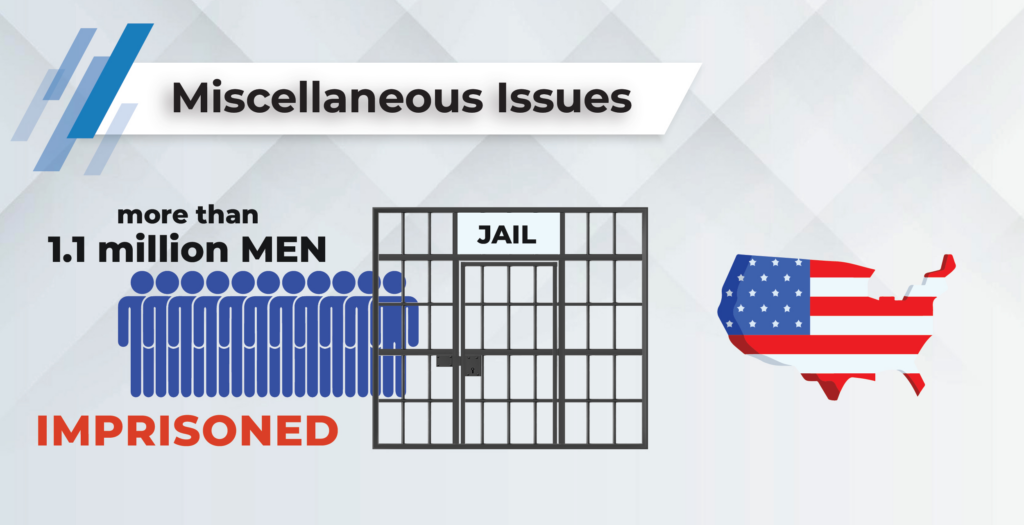
- In the United States, preschool and kindergarten teachers are predominantly female, with men comprising a mere 3% of this profession.
- In the United States, the larger portion (70 percent) of individuals facing homelessness are men.
- Currently, more than 1.1 million males are imprisoned in the United States, whereas around 80,000 females are incarcerated.
- Consequently, the ratio of male inmates to female inmates is approximately 13 to 1.
The lack of gender diversity in early education is a concern, as only 3% of preschool and kindergarten teachers in the United States are men. This imbalance limits the range of male role models for young learners and may unintentionally reinforce stereotypes. To create a more balanced and enriched learning environment, it is crucial to encourage more men to enter careers in early education so that children can have diverse experiences and role models.
The fact that 70% of men are homeless in the United States is very concerning. This figure emphasizes how vulnerable this group is and the need for specific help and solutions to address the distinct difficulties faced by male individuals who are homeless. It is essential to acknowledge that homelessness affects men more than women and to support programs that offer customized aid to this frequently neglected population.
The significant difference in the number of men and women incarcerated in the United States, with over 1.1 million males imprisoned compared to approximately 80,000 females, indicates systemic problems in the criminal justice system. This implies that men may receive more severe punishments and encounter other inequalities within the legal system. It is crucial to support reform efforts and rehabilitation programs and tackle the underlying factors contributing to the overrepresentation of men in prisons to establish fairness and justice.
Conclusion
The statistics highlight essential issues affecting men’s lives. It is crucial to address these challenges and promote gender equality for the well-being of men. Men face hurdles and disparities in domestic abuse, mental health, education, and incarceration rates. These overlooked disparities require urgent attention from governments, NGOs, communities, and society. Advocating for men’s rights does not harm other groups but contributes to a fairer society. Equitable access to support services, legal protection, and opportunities is needed in areas where men may be vulnerable. We can empower men to live discrimination-free lives by acknowledging and addressing these disparities. True gender equality requires recognizing the struggles of all genders and working together for inclusivity.
Click here to view the article.

